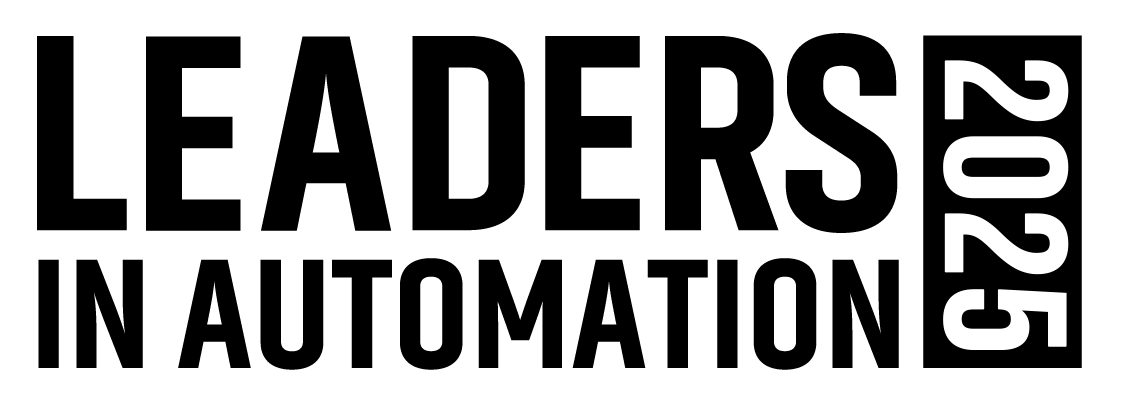The Motion Control to Machinery Production Connection
Based on global statistics from 2008 to 2013, the motion control market tends to grow (or decline) about 1.36 times that of machinery production. During this time period, both markets have been plagued by volatility, as evidenced by the standard deviation of each market’s growth: 13.2 percent for machinery production and 18.6 percent for motion controls. The increased volatility of the motion-control market stems from its dependence on cyclical machinery sectors, particularly machine tools, semiconductor, and robotics. While these sectors accounted for less than 15 percent of global machinery production, they represented over 50 percent of revenues in the global motion-control market. Following two subpar years, IHS forecasts growth of 6.0 percent for machinery production and 8.3 percent for the motion-control market in 2014.
Michelle Figgs is a senior analyst at IHS.
About the Author

Leaders relevant to this article:
